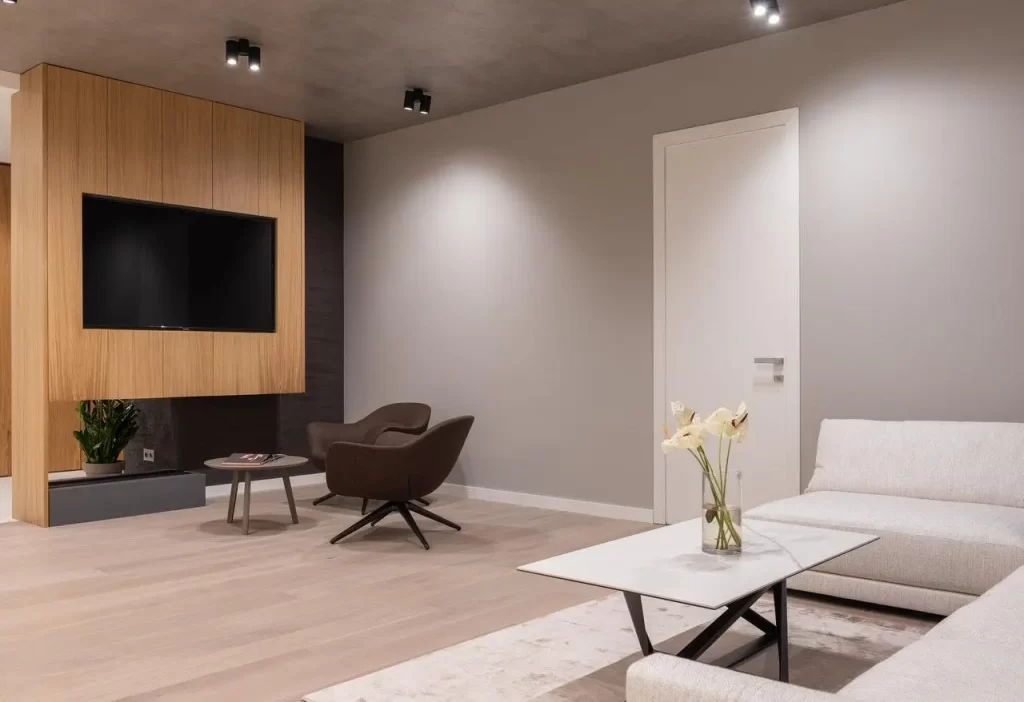
A minimalist home can be an excellent way to reduce clutter, save money and stay organized. But before you dive in, there are a few things you should be aware of.
One of the most important rules when decorating is to avoid patterns. Patterns tend to draw the eye and make a room seem larger, so they should be avoided whenever possible.
1. Keep it simple
When designing a minimalist home, it’s essential to keep things straightforward. That means avoiding clutter and making use of storage space efficiently.
Avoid stacking items on shelves or tables that serve no purpose, such as barbecue tongs, egg timers, avocado slicers and measuring cups. These pieces of equipment take up valuable cabinet or cupboard space and should be stored away when not in use.
Maintaining a minimalist aesthetic also involves only adding decor and accents that express your individual taste and aesthetic. This could include wall art, photos, posters, and decorative accessories.
2. Don’t overdo it
While it may be tempting to indulge in some luxurious decorative pieces, minimalist design emphasizes simplicity. That is why selecting items that are not only eye-catching but also functional is so important when creating this aesthetic look.
One of the best ways to guarantee you’re investing in quality pieces that will last for years to come is by investing in high-end furniture such as a sofa or kitchen cabinet. Quality pieces will also increase your return on investment.
Create an eye-catching aesthetic by playing around with textures. Shag, faux fur, leather, wicker and exposed wood grain all work well when combined in a neutral color palette. Adding in plants or colorful rugs can further make your space feel inviting and welcoming.
3. Don’t buy more than you need
One of the key ingredients for keeping a minimalist home organized is not buying more than you need. That isn’t to say you shouldn’t purchase things, but if you find yourself tempted, make sure you do so only occasionally and in moderation.
The most essential rule of thumb when maintaining a tidy home is to minimize clutter. To do this, strategically use storage and shelving space wisely. Furthermore, remember that you need to be able to locate essential items quickly at all times; the most efficient way of doing so is by regularly reviewing what you own and what needs replacing.
4. Invest in quality items
Investing in quality items is a must for creating a minimalist home. These pieces will last for years and won’t need replacing as often, saving you both time and money.
When selecting pieces to purchase, keep in mind that you want them to feel like part of you and your family. Select pieces which make you smile and bring joy into your life.
This can be accomplished by hanging family photos or selecting artwork that doesn’t take up a lot of room but makes an impact. Furthermore, select decor that is calming and serene – such as blues, greens or paler pastel colors for relaxation and inspiration.
5. Don’t clutter up your home
Living a minimalist lifestyle means it’s essential not to clutter up your home. Doing so will make it appear larger and airier, as well as providing extra storage for those items you cherish most.
Instead of leaving many of your belongings piled on the floor, consider displaying them on shelves or in storage units. As an accent piece, add a small vase of flowers or potted plant for visual interest and to break up the space.
Cluttered homes can feel oppressive and stressful, leading to more time spent searching for items you need and less time savoring the things that truly matter most. Cluttered homes make life feel claustrophobic, making it harder to breathe, which in turn leads to stress over small things instead of enjoying what matters most in life.





